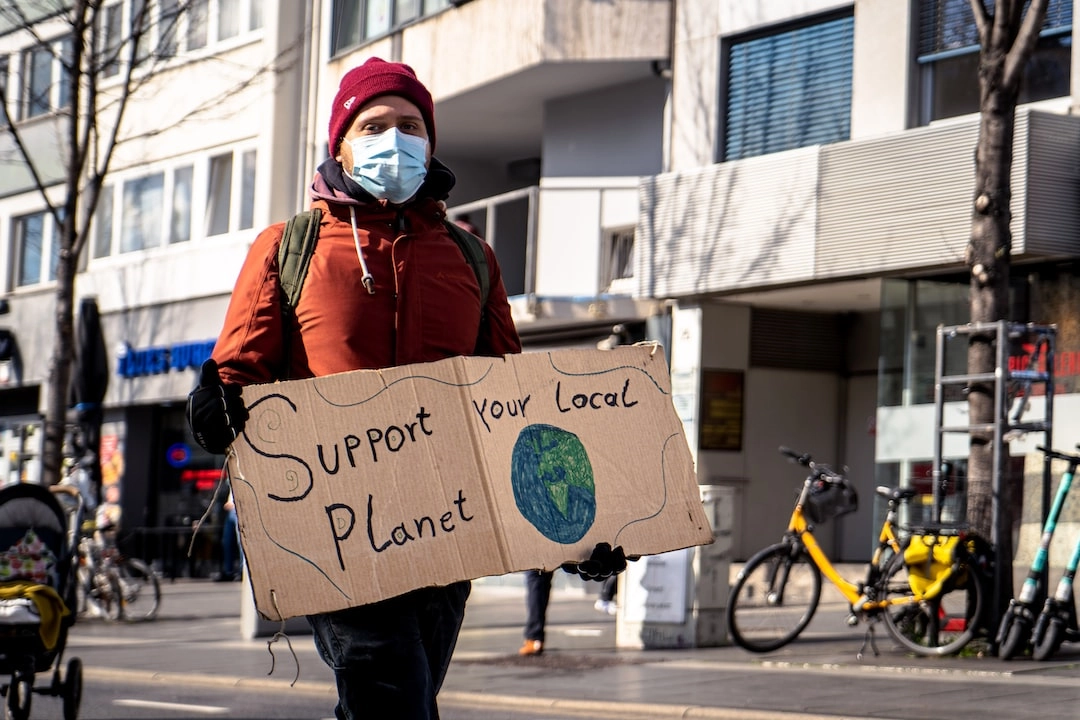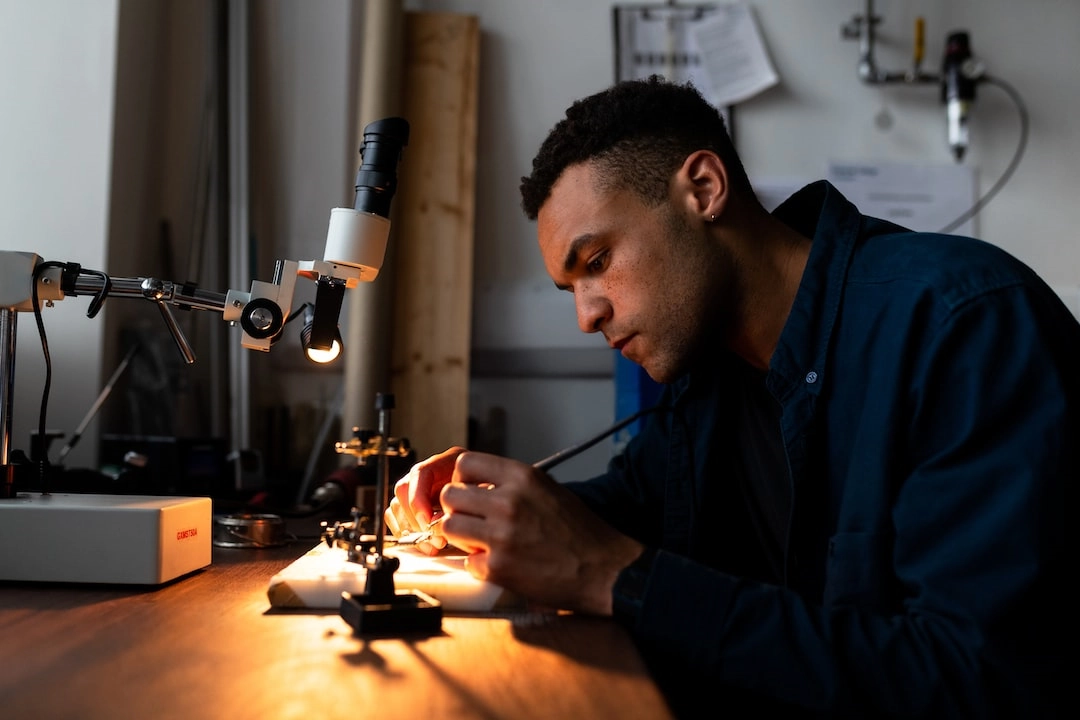What it is:
Eco-Friendly Physical Rehabilitation refers to the incorporation of sustainable and environmentally conscious practices within the field of rehabilitation medicine. It involves the utilization of tools, equipment, and processes that aim to minimize the negative impact on the environment while helping individuals regain their physical abilities and improve their overall well-being.
Real-World Problems:
Despite the numerous benefits that physical rehabilitation offers, it is not immune to certain environmental challenges. Here are some real-world problems associated with traditional rehabilitation practices:
1. Waste Generation:
The rehabilitation process often involves the use of single-use items such as disposable gloves, gauze, and bandages. These items contribute significantly to the generation of medical waste, which can have adverse effects on the environment if not managed properly.
2. Energy Consumption:
Conventional rehabilitation centers heavily rely on energy-intensive equipment and technologies, such as electronic muscle stimulators and heating lamps. The continuous usage of these devices can result in a considerable amount of energy consumption, contributing to greenhouse gas emissions and exacerbating climate change.
3. Chemical Exposure:
Certain rehabilitation tools and materials, such as cleaning agents, disinfectants, and adhesives, can contain harmful chemicals that pose a risk to both patients and healthcare providers. Improper handling and disposal of these substances can lead to environmental contamination and adverse health effects.
4. Resource Depletion:
The production and manufacturing processes involved in creating rehabilitation equipment and tools can deplete finite resources and contribute to deforestation. Additionally, the transportation of these products from manufacturing facilities to healthcare institutions consumes fossil fuels and produces greenhouse gas emissions.
Addressing these real-world problems is crucial to ensure a more sustainable and environmentally friendly approach to physical rehabilitation. By adopting eco-friendly innovations and practices, we can mitigate the negative environmental impact while still providing effective and high-quality care to patients.
Stay tuned for our upcoming blog posts as we delve deeper into the eco-friendly solutions and advancements within the field of physical rehabilitation that are paving the way for a greener and more sustainable future.

Solutions for Eco-Friendly Physical Rehabilitation:
Addressing the environmental challenges in physical rehabilitation requires innovative solutions and a commitment to sustainability. Here are some solutions that can help create a greener future in the field:
1. Sustainable Material Choices:
By opting for reusable and eco-friendly materials in rehabilitation tools, such as recycled plastics and bamboo-based fabrics, we can reduce waste generation and minimize the environmental footprint.
2. Energy-Efficient Equipment:
Adopting energy-efficient technologies and devices, such as low-power electrical stimulators and LED therapy lights, can significantly reduce energy consumption and greenhouse gas emissions.
3. Non-Toxic Alternatives:
Choosing non-toxic and environmentally friendly cleaning agents, disinfectants, and adhesives can help mitigate chemical exposure risks for both patients and healthcare providers, while reducing the impact on ecosystems when these substances are disposed of.
4. Sustainable Manufacturing and Transportation:
Emphasizing sustainable practices in the manufacturing processes of rehabilitation equipment, such as using renewable energy sources and minimizing packaging waste, can reduce resource depletion and carbon emissions. Additionally, exploring local sourcing and transportation options can help decrease the carbon footprint associated with logistics.
By implementing these solutions and embracing a holistic and environmentally conscious approach to physical rehabilitation, we can work towards a greener future that promotes both human health and the well-being of the planet.













